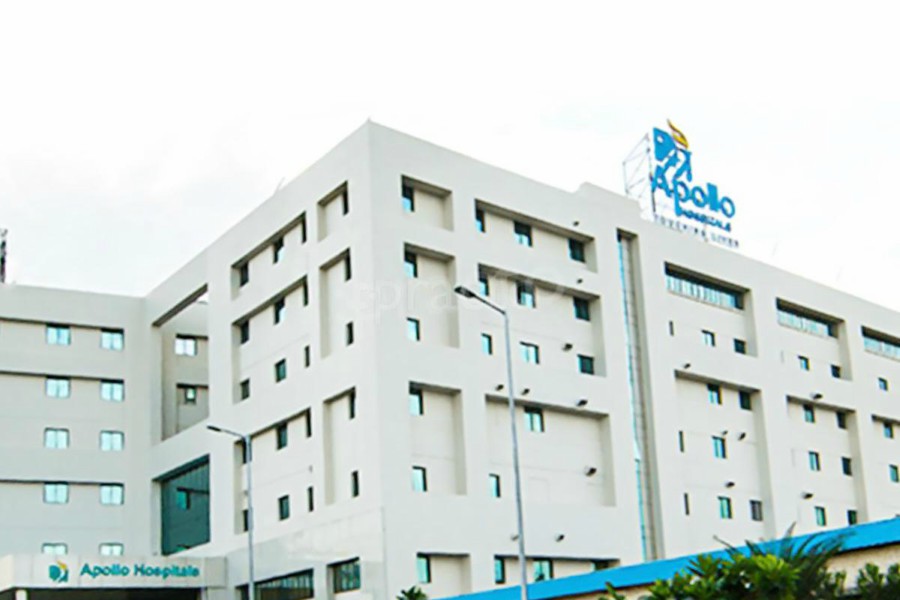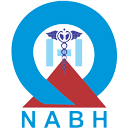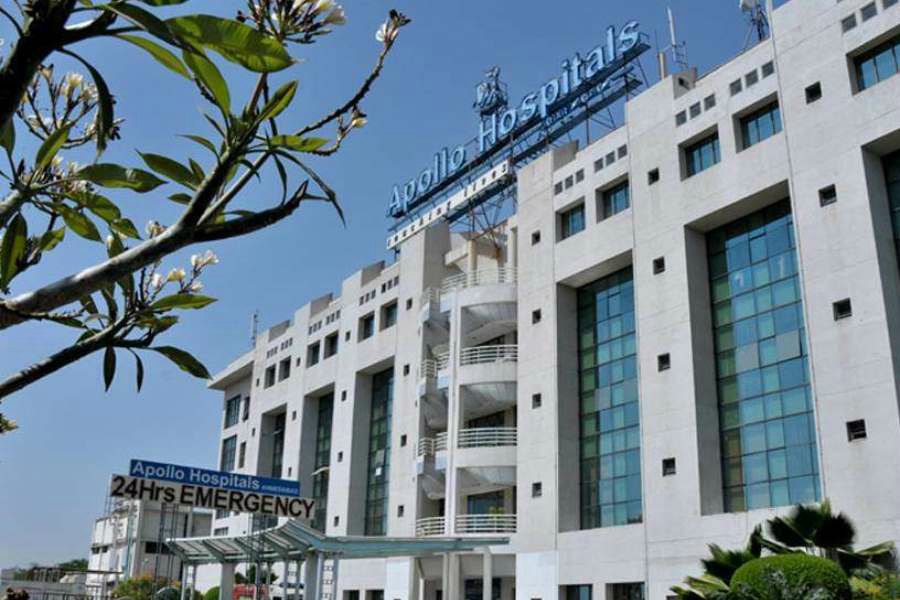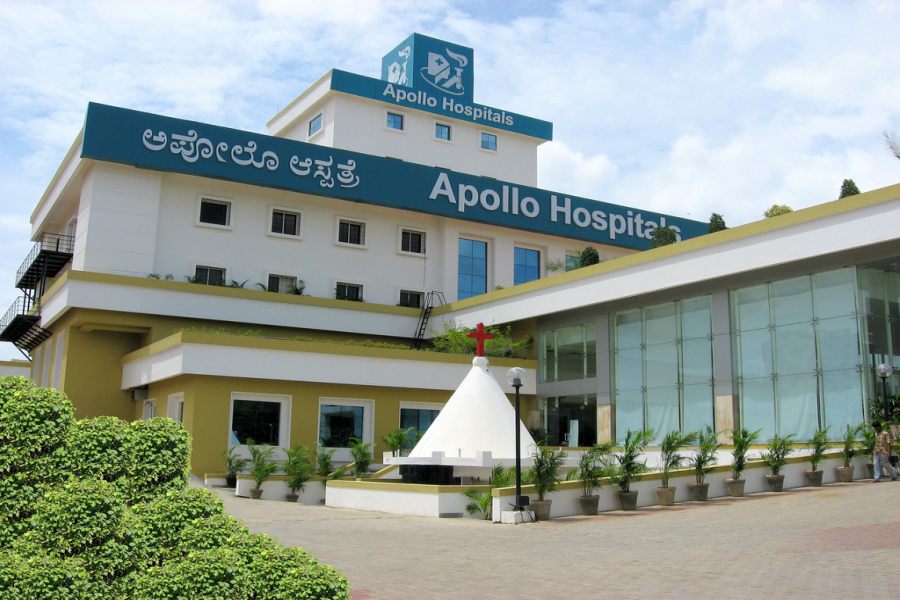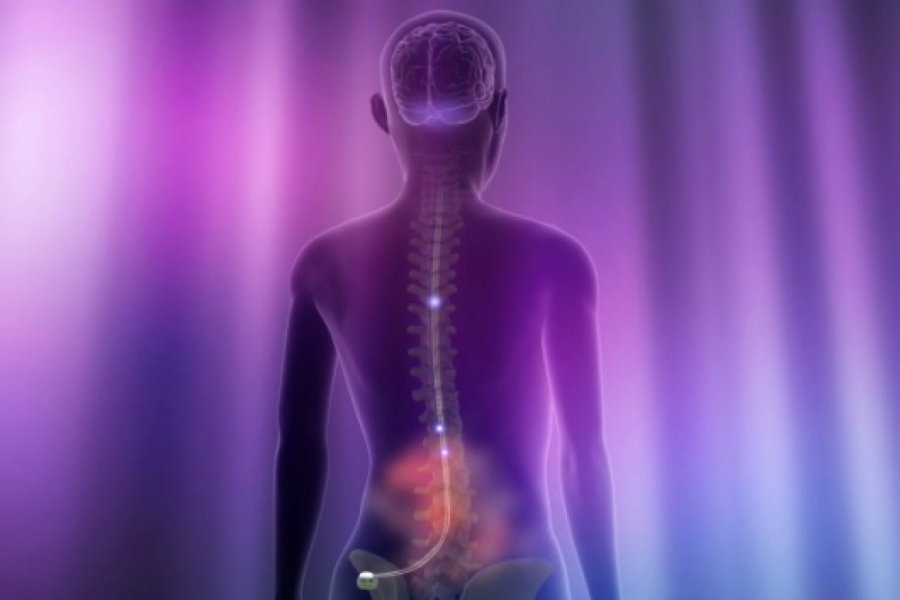
Overview
Patients who have chronic pain for more than a year are considered for spine stimulation therapy. Chronic pain has a physical and emotional impact that’s why it is important that the reason behind it is evaluated. When the other pain treatments have failed, spinal cord stimulation may become a great option for the treatment.
In spinal cord stimulation, low-level electric signals are delivered to the spinal cord or to particular nerves to block the pain sensation. Spine stimulation helps a person to get back to doing the usual things he/she loves the most.
SYMPTOMS
A decision on whether a patient is suitable for SCS, is done based on the evaluation of his/her physical condition, medication regime, and pain history. A physiotherapist, neurosurgeon, or pain specialist will review all the reports of previous treatments and surgeries and based on that decision is taken for SCS treatment for a patient.
A candidate is suitable for spine stimulation treatment in the following condition.
✔ Severe back, leg, or arm pain
✔ Conservative therapies have failed.
✔ Complex regional pain syndrome
✔ Arachnoiditis
✔ Stump pain
✔ Angina
✔ Peripheral vascular disease
✔ Multiple sclerosis
✔ Spinal cord injury
DIAGNOSIS
First of all, the doctor will do the physical examination of your spine through X-ray, MRI scan, CT scan, and bone scan to have a closer look at the spine. A doctor will try to discover the reason behind the constant chronic pain and decide whether a patient is a good candidate for this kind of treatment or not.
RISK FACTORS
No surgery is exclusive of risk. Still, the risk rates will be lower in the hands of an experienced surgeon. With the advancement in technologies, today, spine stimulation tends to be safe and secure and achieve better outcomes than ever before.
This treatment is reversible. Hardware related complications are mostly observed than biological complications in the treatment. Serious undesirable conditions like neurological damage are exceptional.
General risks associated with spine stimulations include:
✔ Failure of the stimulator
✔ Small risk of bleeding and infection
✔ Undesirable changes in stimulation
✔ Lead migration which can do changes in stimulation and reduction in pain relief
✔ Spinal fluid leak
✔ Chest and urinary tract infections
✔ Blood clots in lungs
✔ Drug allergies
✔ Constant pain at the electrode or stimulator site
✔ Weakness, paralysis, numbness, or clumsiness
✔ Overstimulation
POST-OPERATIVE CARE
● After surgery, you will be brought to a recovery room and woken up. Your blood pressure, respiration, and heart rate will be monitored. You will be given some medicine to ease the pain.
● Most patients can go home the same day or the next day. Before, you leave your pulse generator will be programmed. Your surgeon will give you written instructions to follow when you go to home.
Instructions
✔ Don’t bend, lift, or twist your back.
✔ Don’t smoke or drink alcohol
✔ Don’t do any strenuous activities like housework or sex.
✔ Wash your hands properly before and after cleaning your incision to prevent infection.
✔ Take pain medications as prescribed by your surgeon
✔ Ice your incision 3-4 times per day for 15-20 minutes to reduce pain and swelling.
✔ You should get up and walk at least 5-10 minutes every 4-5 hours and slowly increase your walking time.
Approximately 10 days after your surgery you will be called for your incision and follow-up checkups. Remember, stimulation doesn’t cure the condition that is causing pain but it helps to manage the pain.
This SCS therapy is reversible. If you want to discontinue at any time the electrode wires and generator can all be removed.
TREATMENT
Before Treatment
Before deciding whether a patient is suitable for SCS treatment or not, several pre-surgical tests are performed on him/her such as blood test, chest x-ray, and electrocardiogram.
A doctor will tell you to sign consent and other forms so that the surgeon has an idea about your medical history.
If you have any of the following problems then it is advisable that you tell your surgeon about it.
✔ Have blood clotting or bleeding problem.
✔ Have high blood pressure
✔ Have any kind of allergies
✔ Untreated depression or drug addiction
✔ Any other health problems
✔ If you are taking any medications.
Your surgeon will tell you to stop taking all non-steroidal anti-inflammatory medicines and blood thinners one to two weeks before the treatment.
Also, your doctor will tell you to stop smoking, chewing tobacco, and drinking alcohol before 1 week of surgery and after 1 week of surgery. The reason behind it is these activities can create bleeding problems.
You are advised to not take any food or drink the night before your surgery.
During Treatment
This surgery usually takes 1 to 2 hours. This surgery is usually done in 2 stages.
Stage 1: Insertion of the electrode
● In the operating room, you will be given a general anesthetic, and your skin will be cleaned with antiseptic. After that, a small incision will be made by a surgeon in your back or neck. An electrode will be placed carefully over the back of the spinal cord.
● Stimulation will then be undertaken to ensure that the electrode is in a suitable position. Impermanent extension wires will then be linked to the electrode. One or two wires will then be attached to a small external stimulator to test the effects of stimulation for several days.
● You will be often asked to describe your pain which helps a surgeon to know if the treatment is working or not.
Stage 2: Battery Insertion
● If you are happy with the amount of pain relief you obtained during the trial period then a surgeon carry out a second stage. During this stage also you will be given general anesthetic.
● Now, a surgeon will remove the temporary external wires and the electrodes will be connected to permanent extension wires. After that, the electrode will be connected to an implantable pulse generator.
● This battery is usually inserted under the skin in your back, buttock, or abdomen. After that, the battery will be programmed over the next couple of days so that you will receive the best possible stimulation for you.
● In the end, the incisions are closed with sutures and skin glue and dressing are applied.
As this surgery will be done in 2 stages, your admission is expected at least before 7 to 10 days. After surgery, you will get discharged from hospital in 1-2 days.
FACTORS AFFECTING COST
The complete cost includes charges for:
● Neurosurgeons, Orthopedic surgeons, and medical teams
● Surgery charges
● Pre and post-operative tests
● Medicine charges
● Hospital accommodation charges
FAQ
Spine stimulation treatment can be a major turning point in your life and you may be eager to get back to work. But, wait and follow the doctor’s instructions properly and limit your activity for several weeks after your procedure. You should always consult your doctor before doing any activity after having a procedure.
SCS will not make you entirely pain-free but many people have fewer pain sensations. Your trial procedure will help you find out how much it can help you in relieving pain.
Yes. You can control the spine stimulation treatment. The remote control allows you to turn stimulation on and off, increase and decrease the level of stimulation, and target different areas in your body using settings or programs designed exclusively for you.
Spine stimulation treatments work differently on different patients. For some patients, it works very well that they don’t require pain medications. For others, therapy means using fewer pain medications. You should always consult your doctor before changing your medication dosage.
Recharging the implant battery should be trouble-free. The charger comes with the battery is lightweight, wireless, and portable. You don’t need specialized medical knowledge to recharge the battery.
Yes, generally SCS Systems are designed to cover a number of pain areas at the same time if required. You can employ your wireless remote control to regulate the amount of stimulation for each pain area.


 Best Hospitals
Best Hospitals
